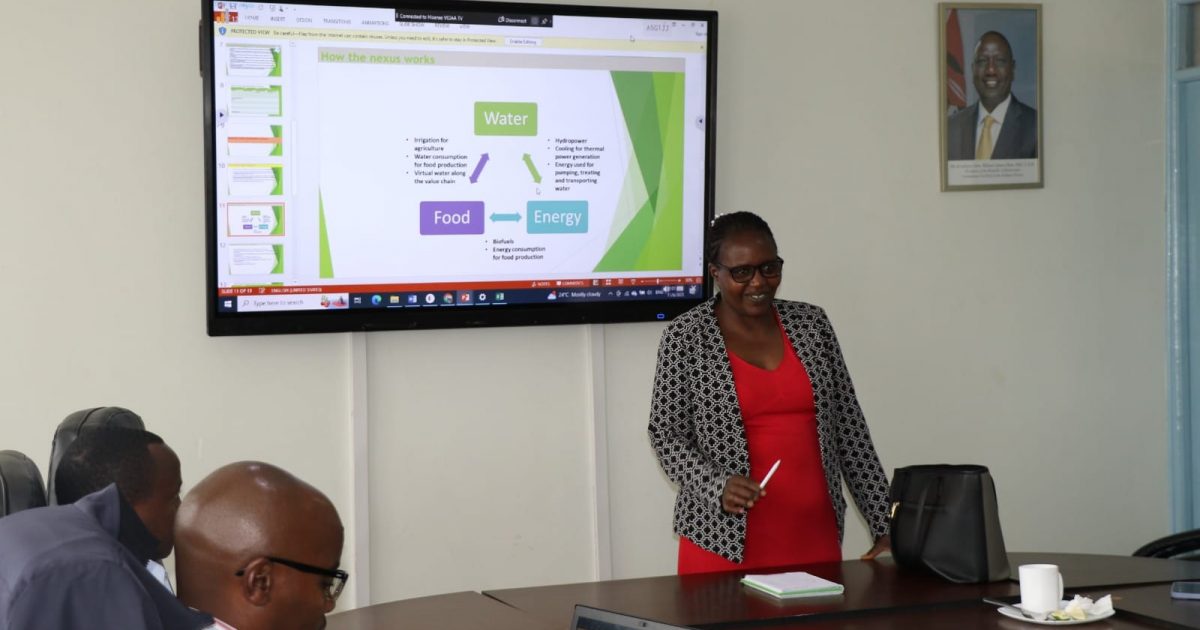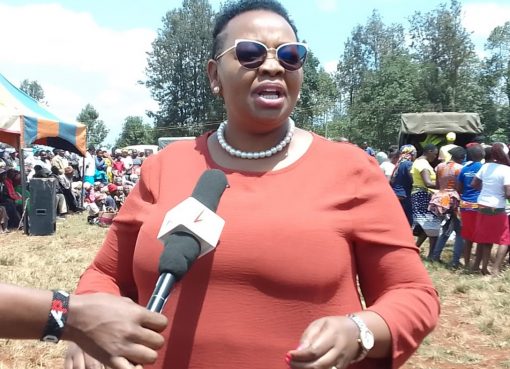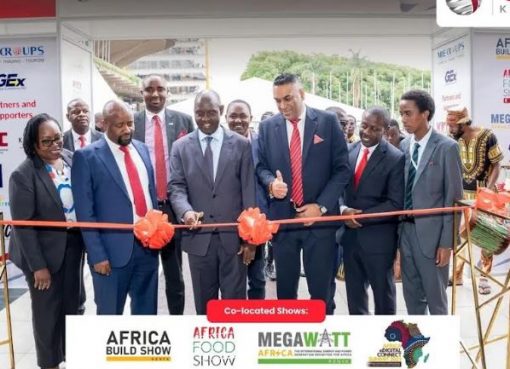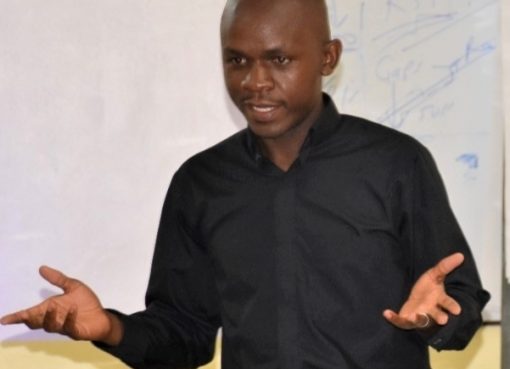Kiambu County is in the process of developing a sustainable county energy plan through the Sustainable Energy Technical Assistance Program (SETA).
The county energy plan which is being developed by the Directorate of Energy and Climate has already made significant strides in the county’s sustainable energy journey whose aim is to gain a greater insight into the county’s energy needs
During a preparatory meeting held to plan for community engagement workshops that will involve residents and experts drawn from prioritized sectors, to discuss the sustainable county energy plan Kiambu county Director Climate Change Esther Kaguima said the directorate has already completed a comprehensive baseline study across the household and institutional levels.
“The goal is to identify energy-related challenges and develop innovative solutions Water, environment, agriculture, transportation and utilities will be prioritized” said Kaguima
She further emphasized that the directorate is committed to creating a greener and more sustainable future for the county
“During the planned community engagement exercise, the program will also pay special attention to clean cooking, recognizing its importance as a cross-cutting issue” she added
On his part Kiambu county CECM for Environment, Water, Energy and Natural Resources David Kuria said the process of developing a County Energy Plan (CEP) has been funded by the European Union (EU) in partnership with the national government through the Ministry of Energy.
“To accomplish this goal, the Climate Change Institutional Support (CCIS) Grant was provided by the World Bank to the county government as part of the SETA program through the directorate of climate change,”said Kuria
The Environment CECM added that the grant money has been used to set up the requisite committees and institutional framework to drive the climate action agenda.
The cross-sectoral technical working group is made up of several county directors as well as officials from nexus departments, their mandate is to drive the development of a participatory climate risk assessment and a county climate action plan.
“The grant will also be used to conduct a participatory county risk assessment at the ward levels that will help in creating the county climate change action plan” Kuria remarked
The Energy Act (2019) requires each county to come up with its own energy plans which will be consolidated into one National Energy Plan. Currently SETA, with funding from the European Union, is building the capacity of 12 counties to achieve this goal.
The counties include Meru, Kiambu, Kakamega, Makueni, Nyandarua and Bomet. Others are Vihiga, Kisii, Garissa, Taita-Taveta, Kilifi and Laikipia.
By Grace Naishoo





